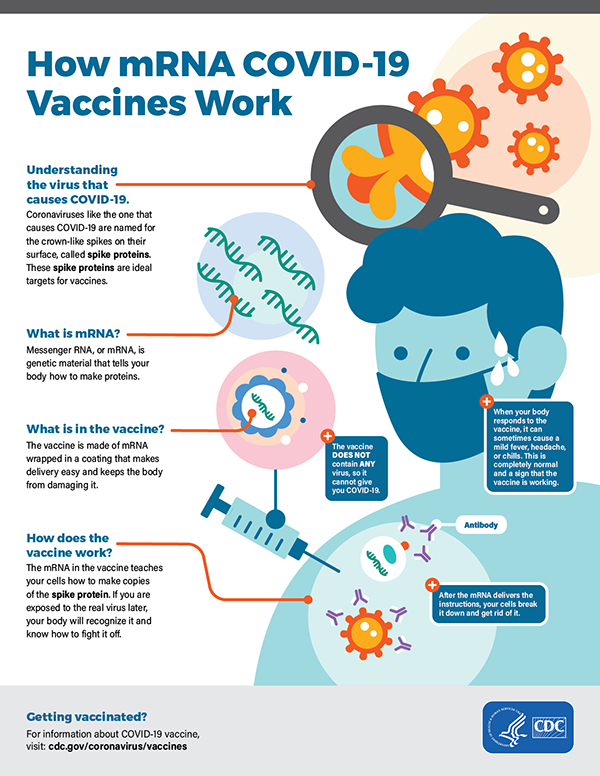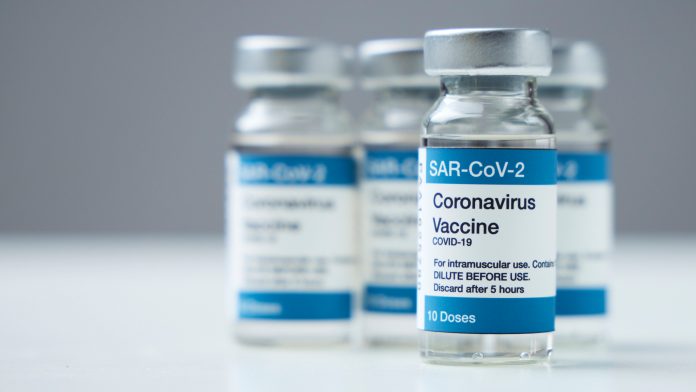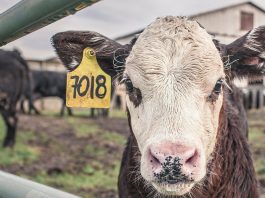The University of Nebraska’s Professor Lawrence C Scharmann explores the issue of vaccine hesitancy and the role that education can play in tackling it.
Apoignant meme, highly applicable to vaccine hesitancy, was shared on social media by a friend of mine. The meme illustrated a heated conversation between individuals concerning vaccines. Anti-Vax is steadfastly against vaccines because they contain chemicals that could have unknown side-effects. Pro-Vax, citing vaccine benefits, was frustrated by Anti-Vax’s stance. Pro-Vax then provides a menu and asks Anti-Vax to identify those chemical compounds to which he objects.
Anti-Vax, jabbing his index finger in the air, loudly pronounces, “ALL OF THEM!”. Pro-Vax shakes his head and calmly remarks, “That’s interesting, since my list is simply those chemicals present in apples.”
“Clever,” retorts Anti-Vax, “But the vaccine will give you COVID-19.” And Pro-Vax replies, “That’s not the case at all. There’s no virus in the vaccine to get.”
Anti-Vax is unlikely, as this illustrates, to be swayed by appeals to reason, logic, or even facts. Why? Because, for Anti-Vax, emotional fear trumps reason. Add to this things like easy access to online conspiracy theories, misinformation/disinformation, and innumerable exploitations of one’s fears by political figures, and a recipe for reinforcing Anti-Vax’s and others’ myths concerning vaccines is amplified and perpetuated.
But isn’t getting a vaccine a decision of choice or personal liberty? Yes, but only if personal choices don’t create health risks for other citizens. We no longer permit individuals to smoke in public spaces in which second-hand smoke can harm the health of others. In the case of COVID-19, at best, individuals whose choice it is not to be vaccinated slow progress toward herd immunity. At worst, if enough individuals choose not to vaccinate, this pandemic continues unabated, enabling variants of the original virus to emerge – variants that are often of increasing virulence. Fear of ingredients, however, is but one reason cited for vaccine hesitancy.
Reasons for vaccine hesitancy
German Lopez, in a cogent article written for Vox, delineates six reasons why individuals will not vaccinate.1
These are:
- Lack of access – real or perceived;
- COVID-19 isn’t seen as a threat – it has been downplayed by political factions, prominent political figures, and select news outlets;
- Vaccine side effects – real or imagined;
- Lack of trust in the vaccines – new vaccine production techniques, emergency use authorisation only;
- Lack of trust in institutions – because of political manipulation; and
- Conspiracy theories – the government will track you, embed microchips… too numerous to list.
Lopez elaborates upon each reason, independent of one another, but also concludes that the six share a common theme: “A significant portion of [individuals] don’t believe the vaccines are worth the potential downsides.” Vaccine hesitance, therefore, is a multi-faceted issue in which emotion speaks louder to some audiences than logic and, according to Lopez, “at least half of the people who say they won’t get vaccinated believe at least one conspiracy theory about the COVID-19 vaccines or vaccines in general.”
While I have not in my career worked extensively with vaccine hesitance, I have, nonetheless, encountered individuals/groups who are ‘evolution hesitant’2,3 who behave similarly in citing fear of the consequences of belief in evolution. In my experience with ‘evolution hesitancy’ only individuals citing either the third or fourth reasons to support their hesitance, can be won over. In other words, fear is not their motivation and, thus, logic can be used successfully to educate individuals, especially if they are not among the half espousing a conspiracy theory.

How is an mRNA COVID-19 vaccine different?4
Two vaccines, manufactured by Moderna and Johnson & Johnson respectively, are currently authorised in the United States for emergency-use to combat COVID-19. A third vaccine, manufactured by Pfizer (Pfizer-BioNTech) has received full approval. These vaccines are each effective in preventing serious cases, decreasing hospitalisations, and reducing the threat of death due to COVID-19. Because none of them guarantee against infection, those vaccinated must still practice vigilance and appropriate mitigation measures (e.g., masking, physical distancing, avoiding crowds (especially indoors)) to reduce the risk of contracting the virus.
The Janssen COVID-19 vaccine – by Johnson & Johnson (J&J) – uses a more common manufacturing technique. But, unlike vaccines produced to combat influenza, for example, J&J does not use an attenuated (live, but weakened, viral form) or killed virus particles. Instead, the J&J vaccine uses a recombinant, replication-incompetent adenovirus to express the spike protein (spike proteins allow viruses to penetrate host cells and cause infection). However, the adenovirus has been engineered to deliver genetic information devoid of that which is required for self-replication.
Likewise, the other two vaccines – manufactured by Moderna and Pfizer – use neither attenuated nor killed viruses. But, in addition, and unlike the Janssen COVID-19 vaccine, their creation is a new breakthrough in vaccine technology. Where the Janssen COVID-19 vaccine uses an adenovirus (viral vector platform) to deliver the spike protein, both Moderna and Pfizer use only messenger RNA (mRNA) to deliver genetic instructions for host cells to make the highly specific spike protein. This new technique has great promise to create future vaccines safely and more quickly.
Concluding remarks
Lack of trust in vaccines can be overcome through education. Each of the COVID-19 vaccines are extremely safe and have been shown to be effective in rigorous clinical trials. For individuals fearing side effects, it is recognised that there are some, but the risk of being unvaccinated and contracting COVID-19 with no protection vastly exceeds the risks posed by any of the three vaccines discussed above.
But sadly, logic alone cannot convince all. A friend was left to care for her grandchild while her grandchild’s nursery shut down because one of the workers was unvaccinated and contracted COVID-19. When asked why she chose not to get the vaccine she replied “It’s no big deal, just like the flu. The media has exaggerated it beyond any reality.”
Really? There has been over 4.55 million deaths from COVID-19 worldwide and over 700,00 in the United States alone. As of 28 September, 2021, the death rate from COVID-19 is nearly ten times as great as it is for even the worst seasonal influenza year. Individuals have a right to choose to be unvaccinated, but when that individual has employment working with infants – infants who cannot yet be protected through vaccination – that right puts my friend’s grandchild in direct jeopardy. Therefore, when an individual’s choice has consequences beyond the individual making it and affects so many others, it is no longer a question of individual liberty. But the individual still sees it as “no big deal.”
References
2. LC Scharmann (2018). ‘Evolution and nature of science instruction’. Evolution: Education and Outreach’, 11: 14. https://doi.org/10.1186/s12052-018-0088-4
3. LC Scharmann, MU Smith, MC James, M Jensen (2005). ‘Explicit reflective nature of science instruction: Evolution, intelligent design, and umbrellaology’. Journal of Science Teacher Education, 16, 27-41
Please note, this article will also appear in the eighth edition of our quarterly publication.










Roger and I agree wholeheartedly with your article. Thanks for sharing!